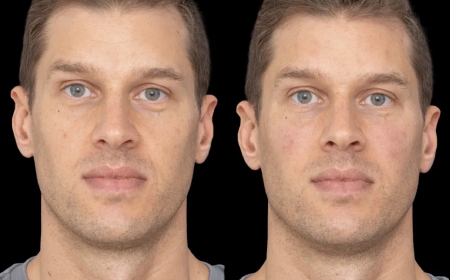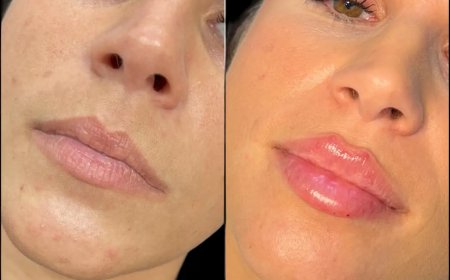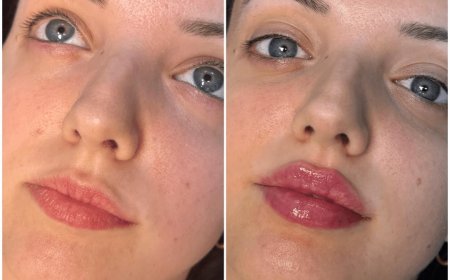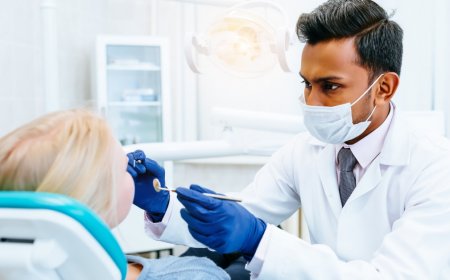What to Expect During Your First Cancer Screening Test
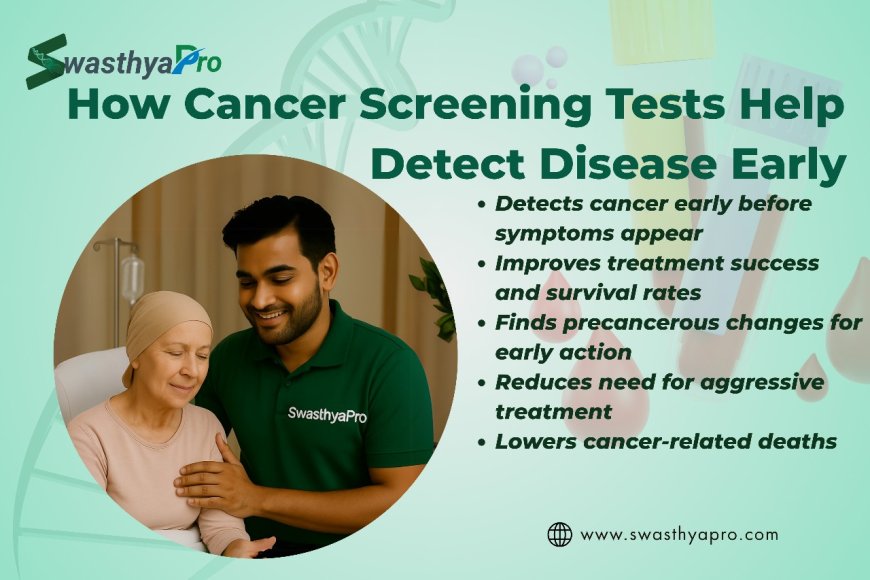
Walking into your first cancer screening test can feel intimidating especially if you dont know whats going to happen. You might have questions, worries, or even fear. Thats normal. But what isnt normal is letting those fears stop you from protecting your health.
This article will guide you step-by-step through what typically happens during a cancer screening test from arrival to results so you feel more prepared, less anxious, and fully in control of your health journey.
1. Understanding the Purpose Before You Begin
Before you even enter the clinic, its important to understand the goal of a cancer screening test. It is:
-
NOT to confirm you have cancer
-
But to check for early signs of cancer or pre-cancer often before symptoms arise
A screening test is preventive. It can identify something early enough to treat it simply and successfully.
2. Booking the Appointment
Once youve decided to take the first step:
-
Call or book online with a diagnostic center, hospital, or screening facility
-
You may be asked about your age, lifestyle, family history, and any symptoms
-
Based on your information, theyll recommend the right cancer screening test such as a mammogram, Pap smear, PSA test, colonoscopy, or CT scan
Some tests may require fasting or preparation your provider will guide you.
3. Arriving at the Center
On the day of your cancer screening test:
-
Arrive early to complete any paperwork
-
Bring your ID, insurance (if applicable), and previous medical records if needed
-
Wear comfortable clothing some tests may require a gown or changing
Youll be greeted by staff who guide you through the process and ensure youre comfortable.
4. The Procedure: What Happens During the Test
Heres a quick breakdown of what to expect from the most common cancer screening tests:
? Blood Test (e.g., PSA, tumor markers)
-
A technician draws a small blood sample
-
Takes about 510 minutes
-
Pain is minimal just a small prick
? Pap Smear / HPV Test (for cervical cancer)
-
You lie on a table
-
A speculum is gently inserted to access the cervix
-
A small brush collects cell samples
-
Slight pressure, but not painful over in 35 minutes
? Mammogram (for breast cancer)
-
Each breast is placed between two plates
-
Gentle pressure applied to capture X-ray images
-
May feel tight, but only for a few seconds
? Colonoscopy (for colon cancer)
-
Requires fasting and bowel prep the day before
-
Youll be given sedation
-
A small camera checks your colon
-
You wont feel pain; procedure takes 3045 minutes
?? Low-Dose CT Scan (for lung cancer)
-
You lie on a flat table
-
Scanner rotates around you, taking images
-
No pain, no needles takes 510 minutes
Each cancer screening test is tailored to your risk and comfort.
5. After the Test: What You Might Feel
Most screening tests have no side effects. You can go home and resume daily activities immediately, except in cases like colonoscopy, where a short recovery is needed due to sedation.
If tissue was collected (biopsy or smear), there might be:
-
Mild cramping
-
Spotting (for Pap smear)
-
Tenderness (after mammogram)
These effects are temporary and manageable.
6. Waiting for Results
Your results may be ready:
-
Immediately (e.g., imaging scans)
-
In a few days to a week (e.g., lab tests or smears)
Your doctor or technician will contact you with the outcome and next steps. Most people receive normal results and that peace of mind is priceless.
If results show any irregularities:
-
You may be asked to repeat the test
-
Or referred for a diagnostic test (e.g., biopsy or scan)
-
Remember: abnormal does NOT mean cancer it means lets take a closer look
7. What Happens If They Find Something?
If your cancer screening test finds something suspicious:
-
Youll meet with a specialist for further tests
-
Early detection often leads to simple treatments
-
Most issues discovered through screenings are not life-threatening
The goal is always early intervention, not fear.
Final Thoughts
Your first cancer screening test is not something to dread its a powerful act of self-respect. Knowing what to expect makes it easier to take that first step.
? The process is safe, simple, and often quick
? Professionals are there to guide and support you
? Even a 30-minute test can protect decades of your life
So take a deep breath, walk in, and own your health. Because the bravest thing you can do is get checked before you have to.



























